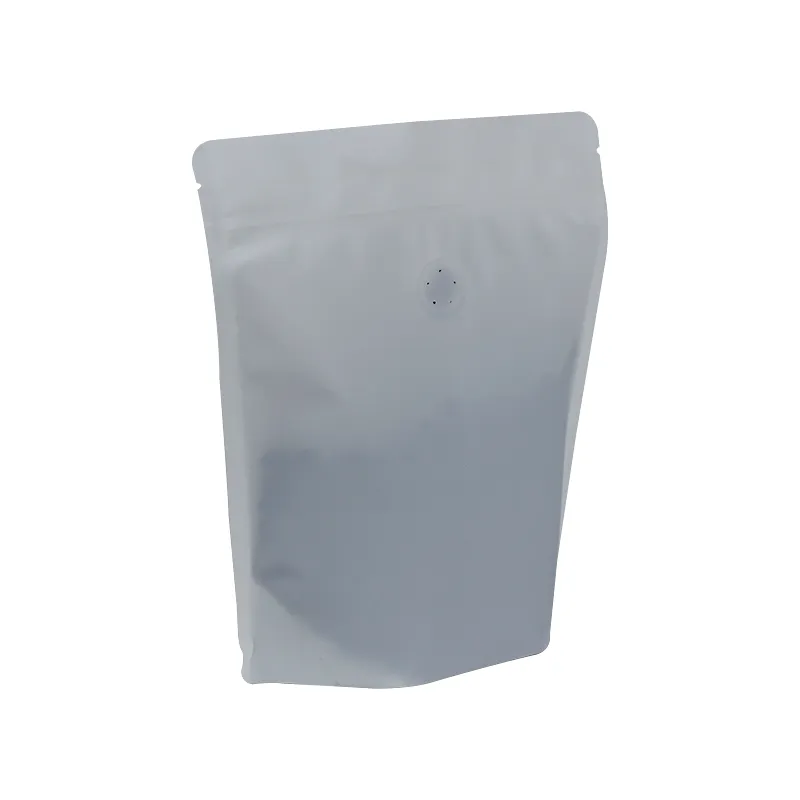- Afrikaans
- Albanian
- Amharic
- Arabic
- Armenian
- Azerbaijani
- Basque
- Belarusian
- Bengali
- Bosnian
- Bulgarian
- Catalan
- Cebuano
- chinese_simplified
- chinese_traditional
- Corsican
- Croatian
- Czech
- Danish
- Dutch
- English
- Esperanto
- Estonian
- Finnish
- French
- Frisian
- Galician
- Georgian
- German
- Greek
- Gujarati
- haitian_creole
- hausa
- hawaiian
- Hebrew
- Hindi
- Miao
- Hungarian
- Icelandic
- igbo
- Indonesian
- irish
- Italian
- Japanese
- Javanese
- Kannada
- kazakh
- Khmer
- Rwandese
- Korean
- Kurdish
- Kyrgyz
- Lao
- Latin
- Latvian
- Lithuanian
- Luxembourgish
- Macedonian
- Malgashi
- Malay
- Malayalam
- Maltese
- Maori
- Marathi
- Mongolian
- Myanmar
- Nepali
- Norwegian
- Norwegian
- Occitan
- Pashto
- Persian
- Polish
- Portuguese
- Punjabi
- Romanian
- Russian
- Samoan
- scottish-gaelic
- Serbian
- Sesotho
- Shona
- Sindhi
- Sinhala
- Slovak
- Slovenian
- Somali
- Spanish
- Sundanese
- Swahili
- Swedish
- Tagalog
- Tajik
- Tamil
- Tatar
- Telugu
- Thai
- Turkish
- Turkmen
- Ukrainian
- Urdu
- Uighur
- Uzbek
- Vietnamese
- Welsh
- Bantu
- Yiddish
- Yoruba
- Zulu
Creative Concepts for Innovative Footwear Packaging Solutions in Modern Retail
The Art of Shoe Box Design A Perfect Blend of Functionality and Aesthetics
The shoe box, often overlooked, plays a pivotal role in the world of fashion and retail. It’s not merely a container for transporting shoes from the store to the consumer; it also serves as an essential marketing tool and a canvas for creative expression. With the rise of e-commerce and an increasing emphasis on sustainable practices, the design of shoe boxes has evolved, blending functionality with aesthetics.
Functionality First
To understand the importance of shoe box design, we must first appreciate the practical aspects. A shoe box's primary function is to protect the footwear inside. The box must provide sufficient support to prevent crushing and deforming of the shoes during transportation. This necessitates the use of durable materials that can withstand pressure and maintain their integrity. Commonly used materials include cardboard and recycled papers, which not only provide sturdiness but are also lightweight, reducing shipping costs for both retailers and consumers.
Moreover, functionality extends to the box's dimensions. Shoe boxes must be thoughtfully designed to accommodate various styles, from high heels to sneakers, without wasting space. An ideal box would feature an easy-open lid, which allows for convenient access while ensuring that it can be sealed securely to protect its contents. Some brands even incorporate handles, making it easier for customers to carry their purchases home.
Visual Appeal and Branding
While functionality is crucial, the visual appeal of shoe box design cannot be understated. A compelling design can enhance the shopping experience and leave a lasting impression on consumers. The shoe box serves as an introduction to the brand; its design reflects the brand's identity and ethos. For instance, luxury brands often opt for sleek, minimalist designs using high-quality materials, whereas athletic brands may adopt vibrant colors and bold graphics that convey energy and movement.
shoe box design

Logos, typography, and color schemes used on the shoe box are vital elements in establishing brand recognition. A well-designed box not only attracts attention on retail shelves but also invites curiosity when delivered to the consumer's doorstep. As online shopping grows in popularity, the unboxing experience has become a key marketing strategy. Brands that invest in aesthetically pleasing shoe box designs create excitement and anticipation for their customers, leading to increased brand loyalty.
Sustainability in Shoe Box Design
In recent years, sustainability has emerged as a significant aspect of shoe box design. As consumers become more environmentally conscious, brands are compelled to adopt eco-friendly practices in their packaging. Many shoe companies are now using recycled materials, biodegradable options, or innovative designs that minimize waste. For instance, some brands have introduced shoeboxes that can be repurposed as storage solutions or even transformed into items like a plant pot or a toy.
These sustainable practices not only appeal to eco-conscious consumers but also help brands differentiate themselves in a competitive market. Companies that prioritize sustainability in their shoe box design can build a stronger connection with their audience, demonstrating that they care about more than just profits. This shift towards eco-friendly packaging is reshaping the way consumers perceive brands and their commitment to protecting the planet.
Conclusion
The design of a shoe box encapsulates an intricate balance between functionality, visual appeal, and sustainability. As the retail landscape continues to evolve, the importance of clever shoe box design cannot be dismissed. It protects the products, showcases the brand, and reflects the changing values of consumers. In an age where the first impression can make or break a sale, brands must invest in thoughtful shoe box designs that resonate with their audience. The shoe box is more than just a box; it’s a vital component in the journey of a product from the shelf to the consumer, a silent yet powerful ambassador of brand identity and values.













